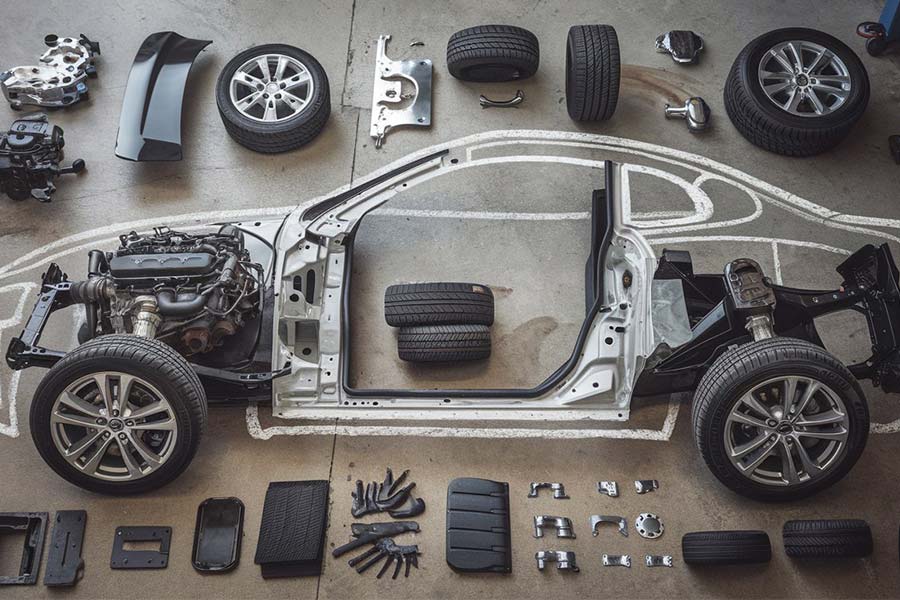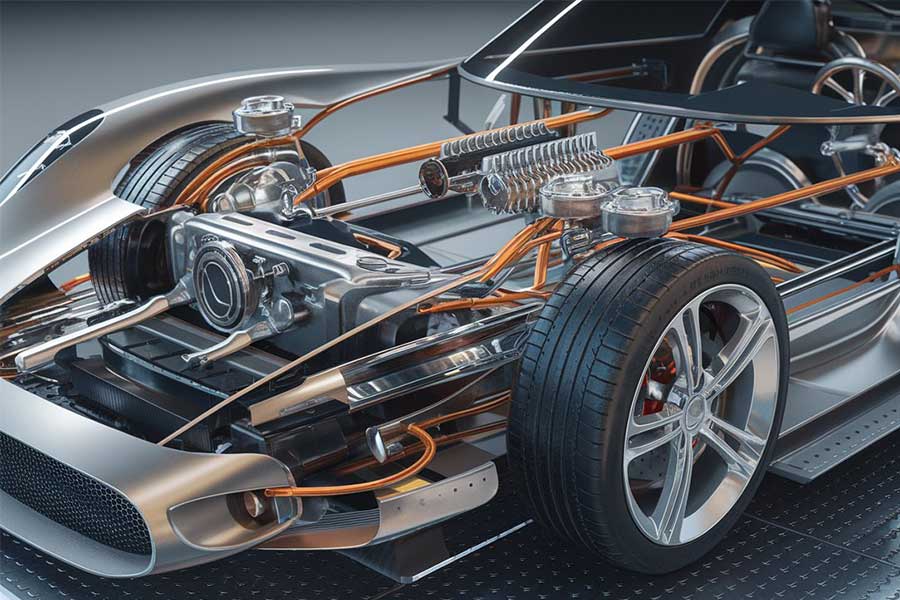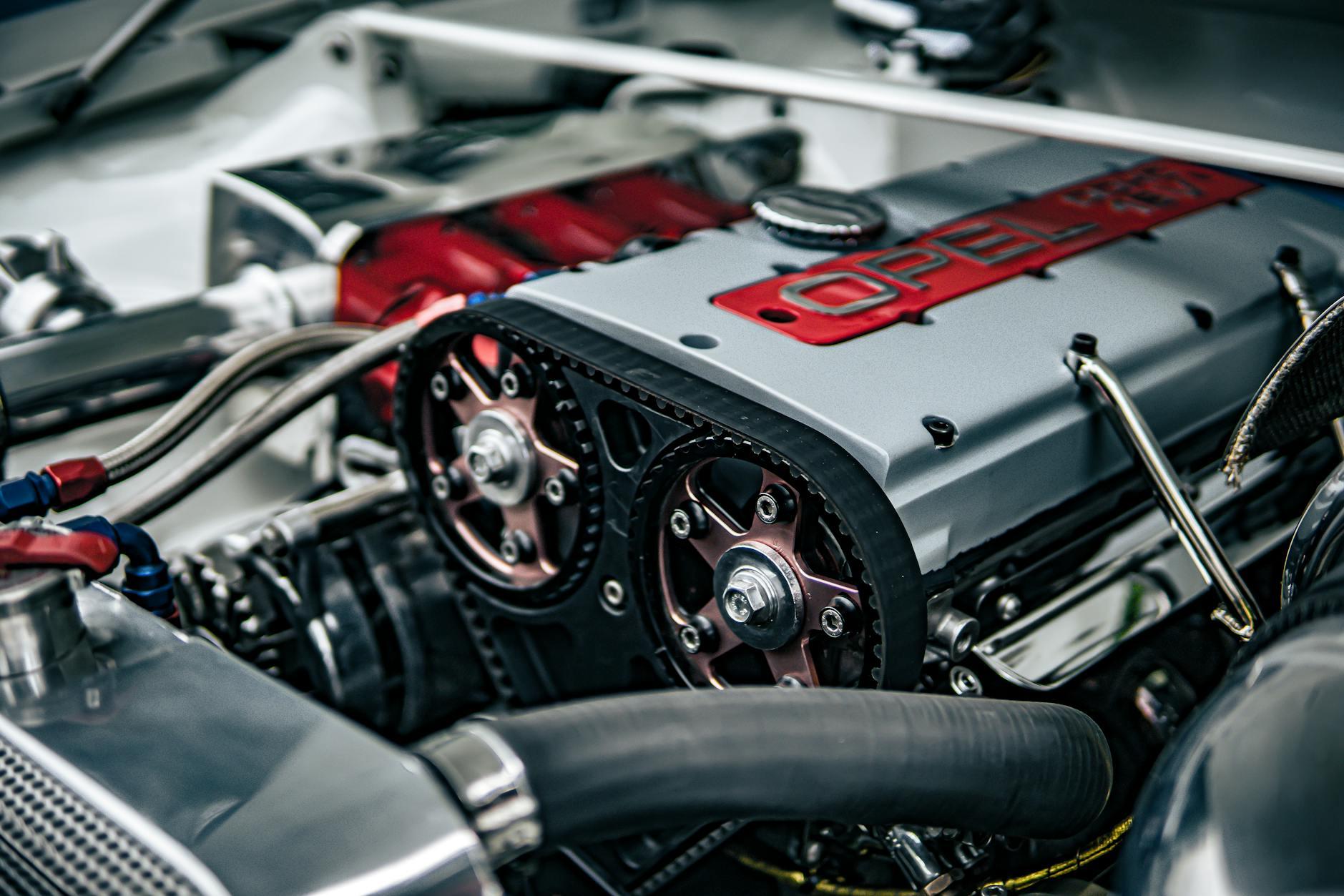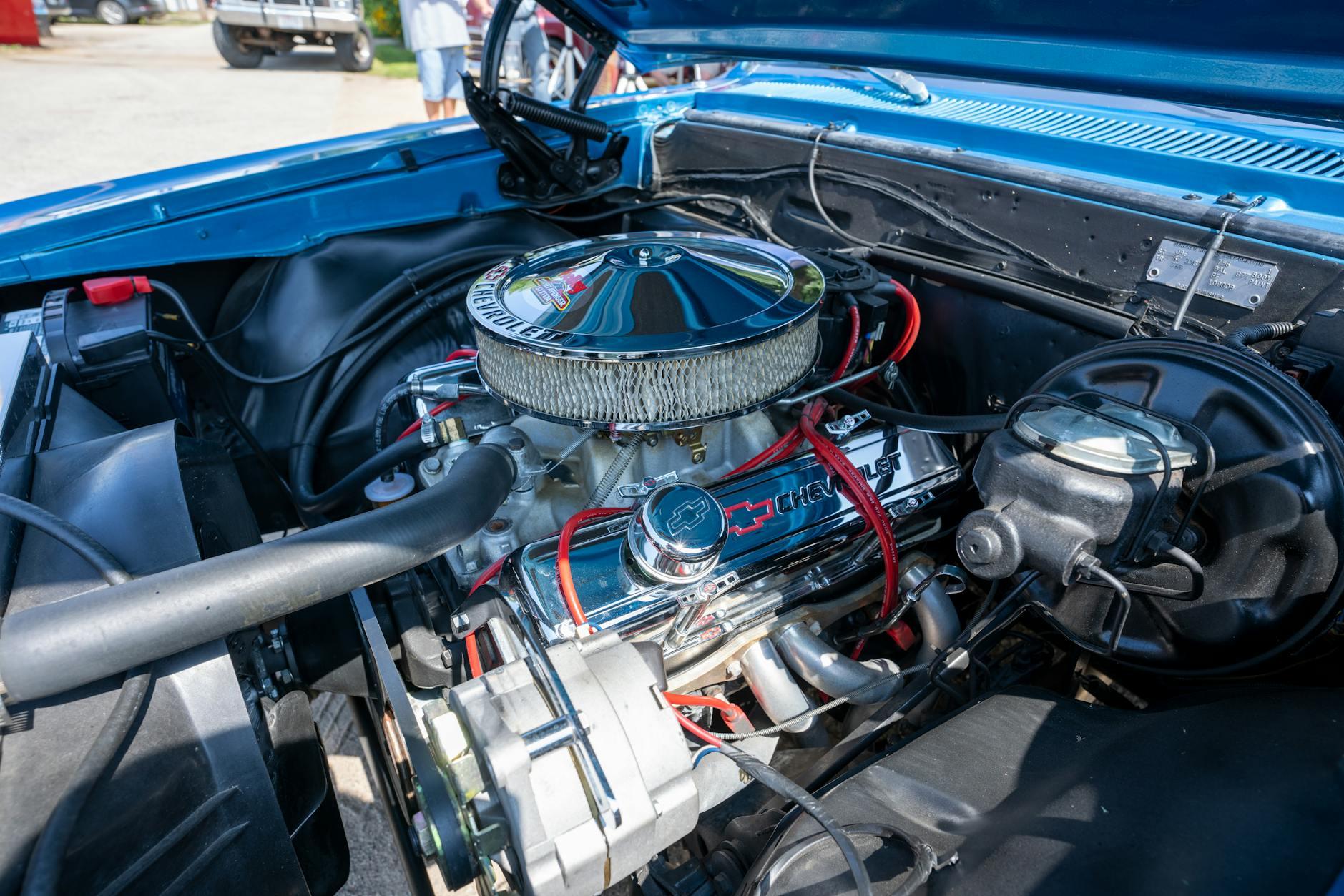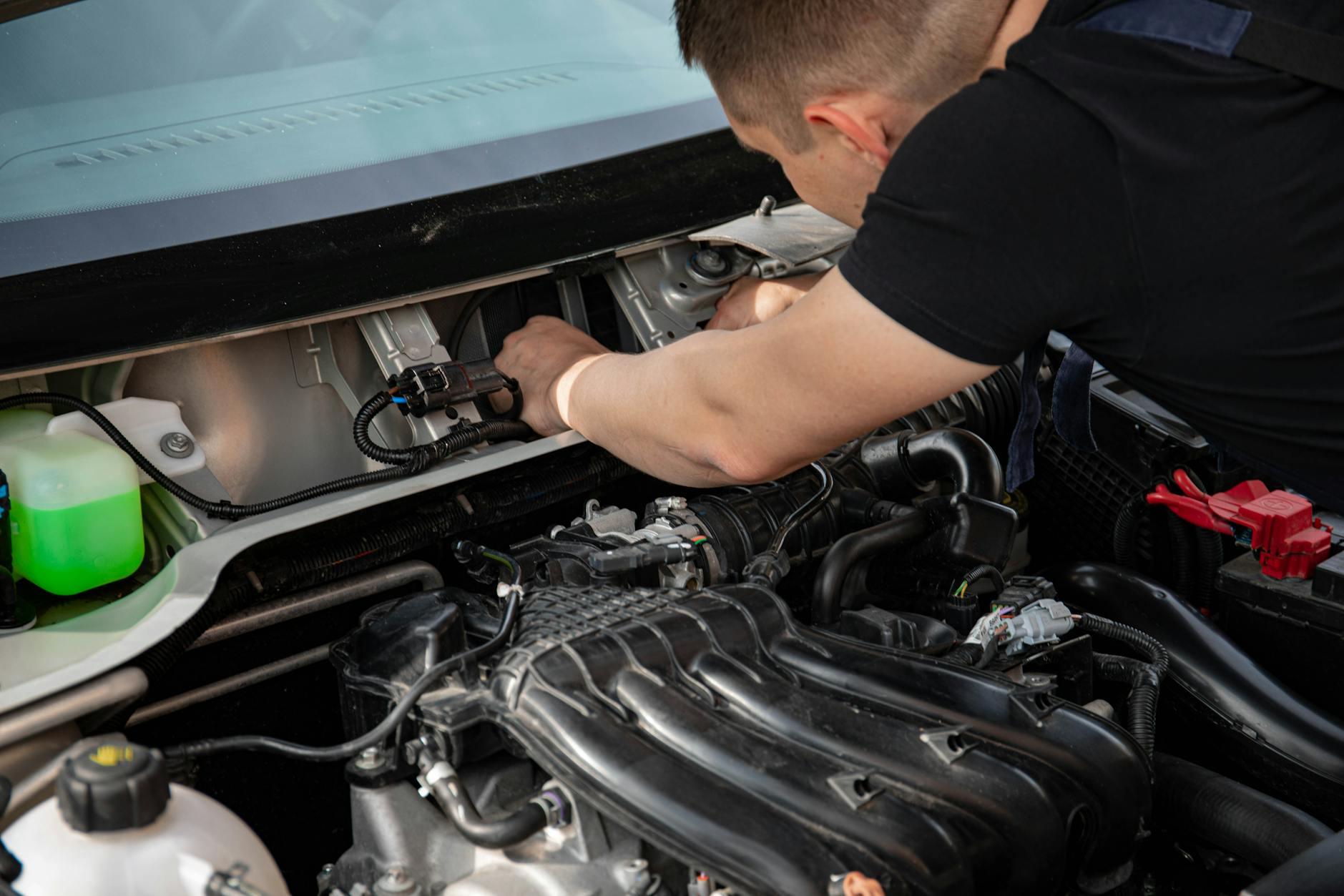- Shanghai Zhongshen International Trade Co., Ltd. - Two decades of trade agency expertise.
- Service Hotline: 139 1787 2118
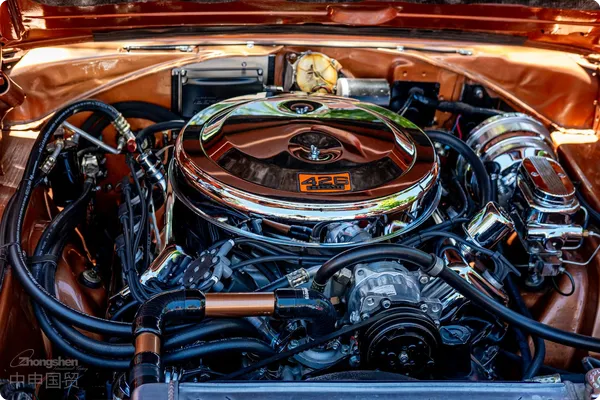
Introduction
With Chinas rapid automotive industry development, special vehicles (e.g., engineering vehicles,New energylogistics vehicles, special operation vehicles) show sustained market demand growth, driving significantAutomotive partsincrease in specialized import demand. As aforeign tradeseasoned professional in agency services, this article will analyze special vehicle parts importImport Representationcore processes, key risks and countermeasures based on 20 years practical experience, providing professional reference for industry clients.
Characteristics and Challenges of Special Vehicle Parts Import
1.Complex categories with high technical thresholds
Special vehicle parts include engine assemblies, hydraulic systems, sensors, special chassis, etc., involving mechanical, electronic, material and other technical standards. Some components require EU CE certification, US DOT certification or China CCC certification, making technical compliance review the primary task before import.
2.Long supply chain cycle with high logistics requirements
Certain precision components (such as electronic control modules, high-precision bearings) have strict requirements for transportation temperature/humidity and shockproof levels, requiring constant-temperature containers or air-cushion transportation.
3.Sensitive to tariffs and trade policies
Significant differences in applicable tax rates for components from different countries of origin (such as ASEAN Free Trade Agreement rates, RCEP preferential rates), requiring advance planning for optimal tariff solutions.
II. Comprehensive Analysis of Import Agency Process
Pre - preparation Stage
- Demand Analysis: Clarify component purposes (repair replacement/production assembly), technical parameters, and country-of-origin requirements.
- Supplier Qualification Review: Verify overseas factories ISO certifications, production licenses, and past export records to avoid counterfeit branding risks.
- Compliance pre-inspection: Confirm components comply with Chinas General Technical Requirements for Motor Vehicle Parts (GB/T 19904) and environmental regulations (such as RoHS Directive).
International Procurement and Contract Signing
- Trade Term Selection: For precision components, recommend using CIF terms where sellers bear transportation risks; for bulk components, FOB terms may reduce costs.
- Quality assurance clauses: Specify third-party inspection agency standards (such as SGS, BV) to avoid quality disputes upon arrival.
3. International LogisticsCustoms Clearance
- : In view of the shock - proof requirements of precision instruments, a composite packaging solution of air - cushion film + wooden box is recommended to reduce the cargo damage rate during transportation.:
- Precision components: UseAir Transportation+ shockproof packaging to shorten transit time.
- Bulk components: Less than Container Load (LCL) or Full Container Load (FCL) to optimize costs.
- Core customs clearance documents:
- It is recommended to verify through the following methods:, commercial invoice, packing list, technical manual, import license (if involving3Ccertification).
- Key reminder: Some components require advance submission of Inspection Form for Imported Motor Vehicles to customs.
Domestic Distribution and After-sales Service
- Bonded warehouse applications: Utilize free trade zone warehousing and distribution functions to achieve batch release, centralized taxation and ease financial pressure.
- After-sales Traceability System: Establish unique component codes (such as RFID tags) for quick response to customer return/exchange requests.
III. Risk Prevention and Cost Optimization Strategies
1.Risk points and countermeasures
- Technical barrier risks: Engage professional agencies (such as China Quality Certification Center) in advance to assess component compliance.
- Exchange rate fluctuation risk: Use forward exchange locking or cross-border RMB settlement to reduce exchange losses.
- Logistics delay risks: Purchase dual coverage of cargo insurance + transportation delay insurance.
2.Cost optimization path
- Utilize the China - ASEAN Free Trade Agreement (CAFTA) to achieve zero tariffs on imported frames from Thailand;:
- Utilize free trade agreements (such as RCEP) to apply for preferential tariff rates.
- When classifying disputed accessories, apply for an Advance Ruling from customs.
- Logistics Integration: Sign long-term agreements with leading shipping companies to secure priority cabin space and freight discounts.
Industry Trends and Future Outlook
1.Electrification and intelligence drive import structure transformation
The popularity of new energy special vehicles (such as hydrogen fuel cell engineering vehicles) has led to a surge in import demand for components such as electric drive systems and BMS battery management.
2.Digital supply chain accelerates penetration
- Blockchain technology is applied to certificate of origin verification, improving customs clearance efficiency.
- AI big data analysis predicts accessory inventory needs, reducing the risk of overstocking.
Conclusion
Special vehicle parts import agency is a highly specialized and systematic service, requiring agency companies to possess technical insight, risk control capabilities, and global resource integration strength. Choosing an experienced foreign trade agency partner can help companies efficiently complete the entire chain of services from overseas procurement to terminal delivery, gaining a competitive edge in the fiercely competitive market.
(Original content, unauthorized reproduction is prohibited)
Authors Introduction
Deep cultivation inExport Representationthe field for 20 years, leading the completion of over 5,000 automotive parts import projects, proficient in global supply chain management and trade compliance system construction.
Related Recommendations
Contact Form
? 2025. All Rights Reserved. Shanghai ICP No. 2023007705-2  PSB Record: Shanghai No.31011502009912
PSB Record: Shanghai No.31011502009912
